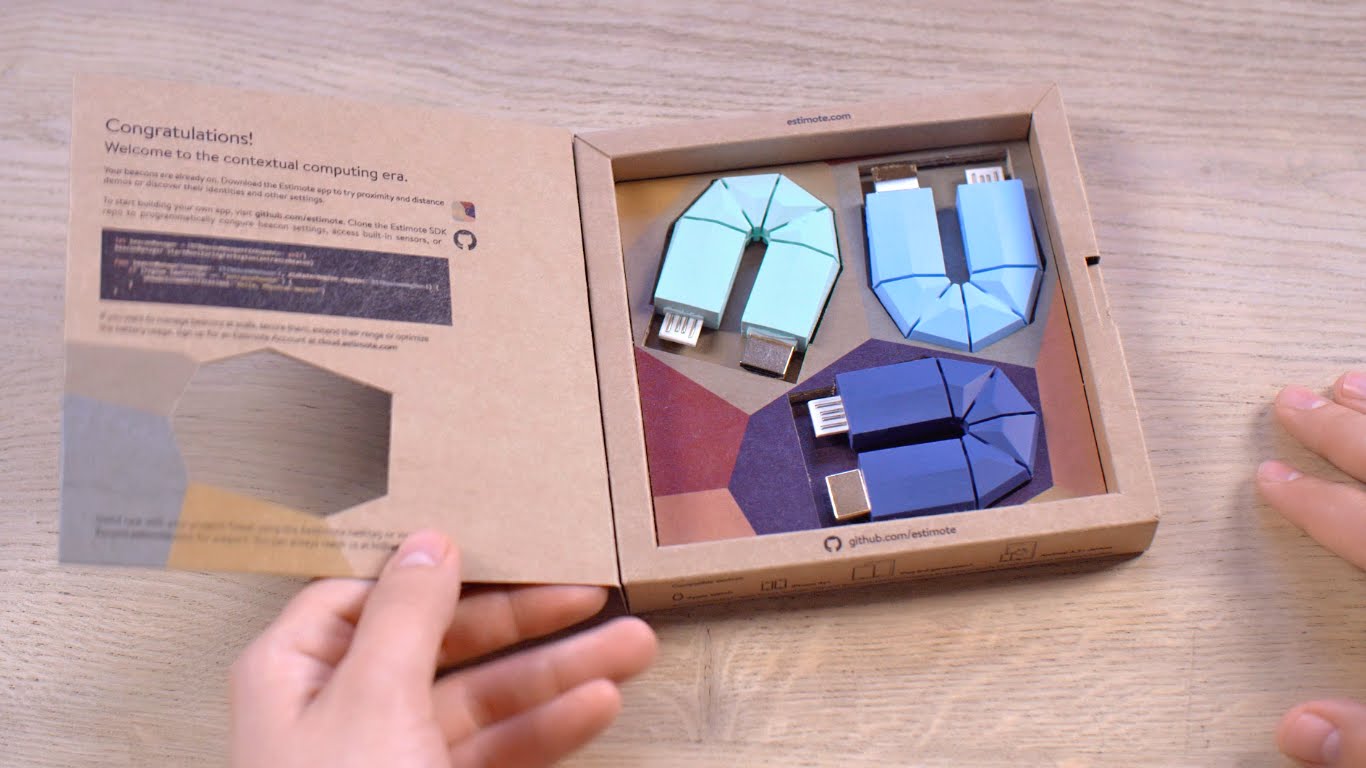What Happened
Beacon tech startup Estimote unveiled an interesting new product called Mirror that promises to turn any screen into a beacon-responsive one that displays personalized content. Mirror, which Estimote claims to be the world’s first video-enabled beacon, is a dongle that plugs into a USB or HDMI port on a video screen and communicates with apps that support Estimote’s SDK. This way, Mirror can detect when users of such apps are nearby and prompt the screen to show personalized content.
Moreover, Mirror can also communicate with Estimote Stickers, allowing it to reach users with no Estimote beacon-supported app on their phones. For example, when a customer picks up an item embedded with an Estimote Sticker, the Mirror-equipped screens can immediately respond by displaying information about said item.
What Brands Need To Do
This video beacon product opens new possibilities for brands to leverage proximity and mobile technologies to create a more engaging and personalized experience at stores, venues, and events. Retailers, for instance, can take advantage of Estimote Mirror to offer customers a helpful and interactive in-store experience. Other brands should consider employing it at events to deliver brand messages in a customizable and contextual way.
The Lab has been closely involved in introducing beacon technology to marketers for the past few years. If you’d like to learn more about the marketing use cases of beacons and other proximity technology, please reach out to our Client Services Director Samantha Holland ([email protected]) and schedule a visit to the Lab.
Source: VentureBeat
Header image courtesy of Estimote’s YouTube Video

